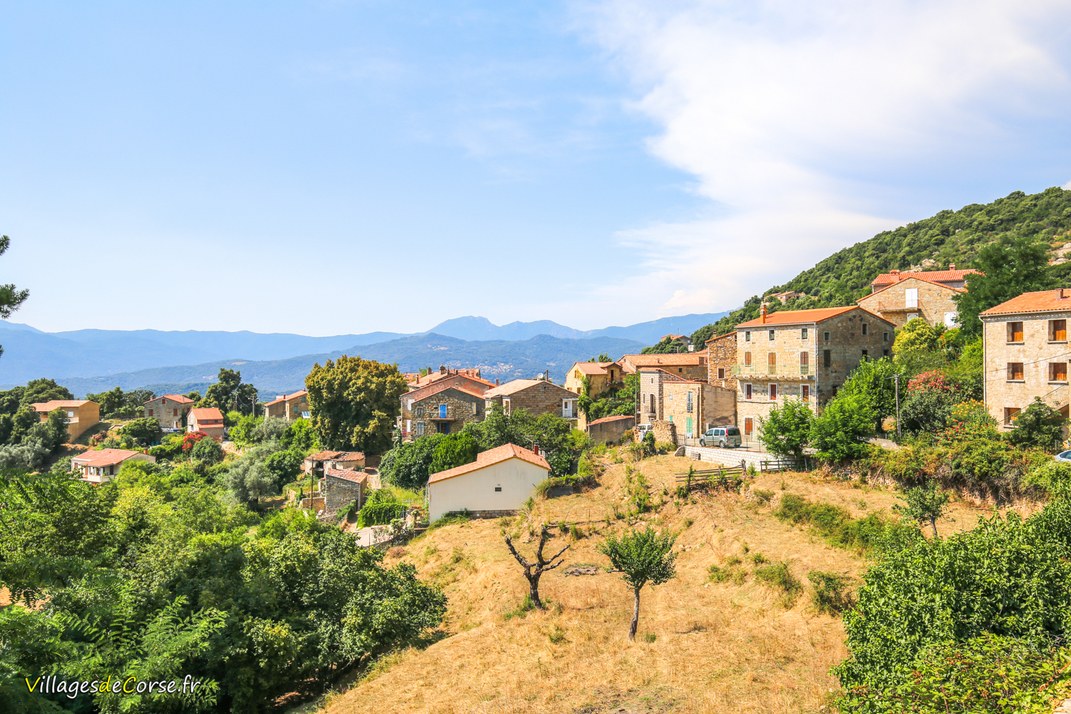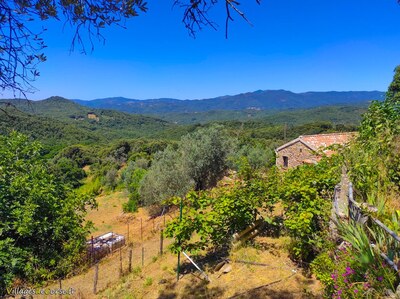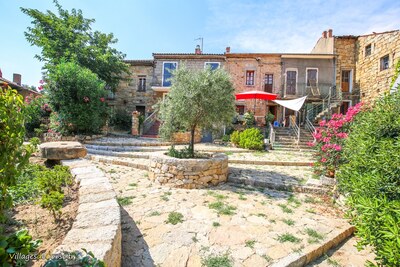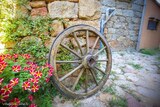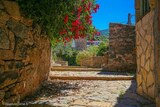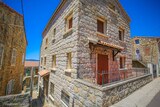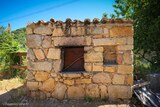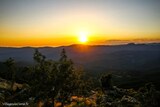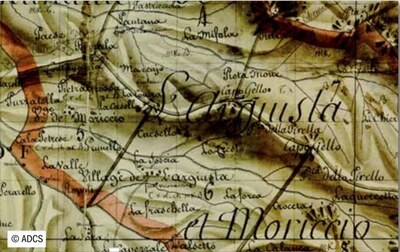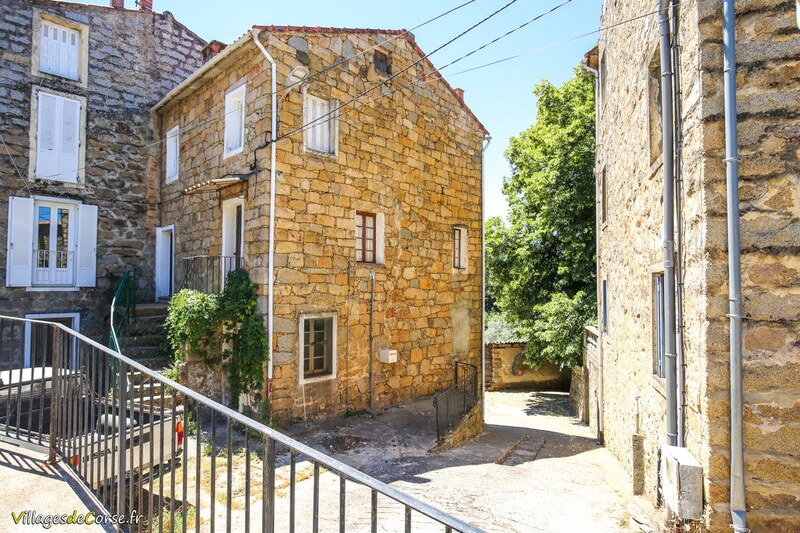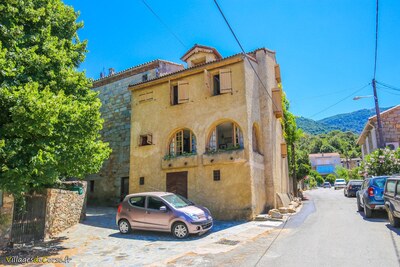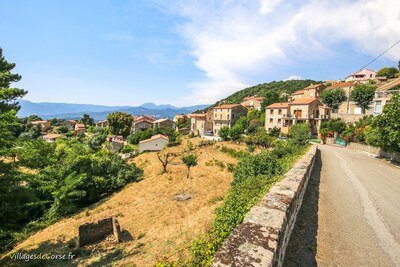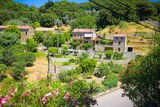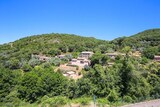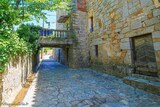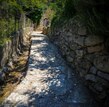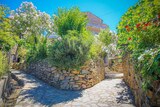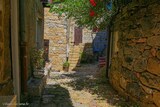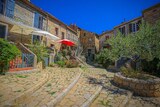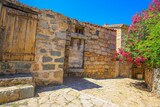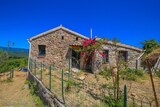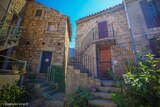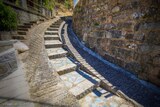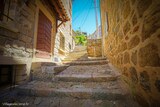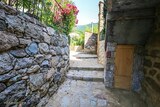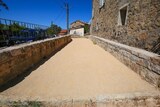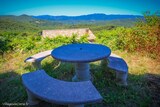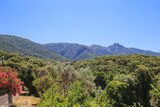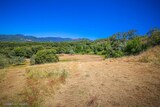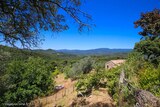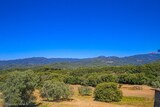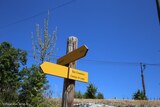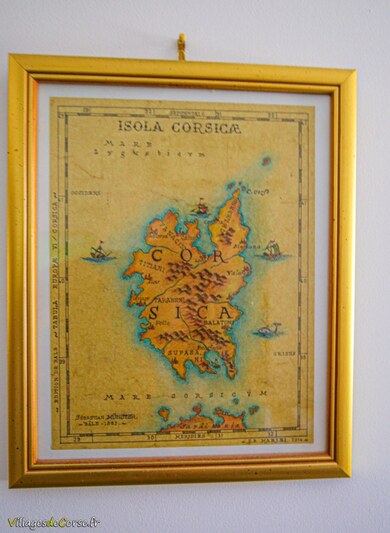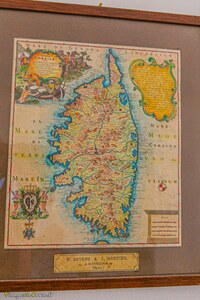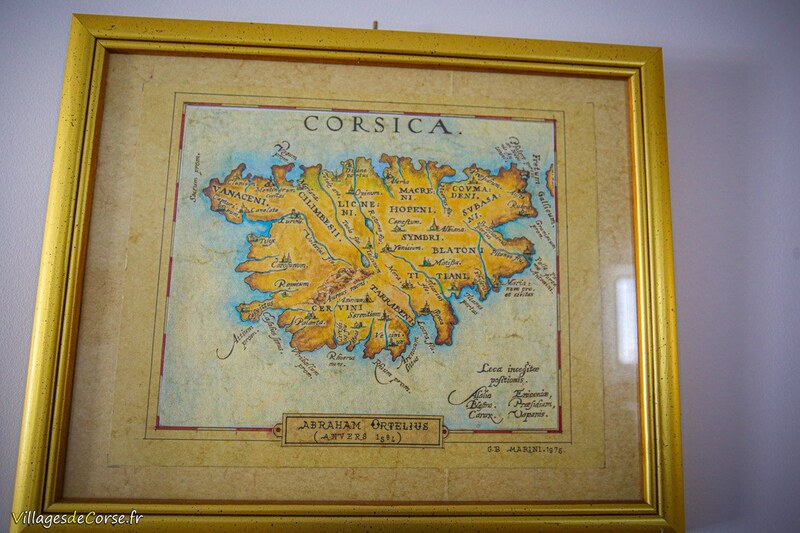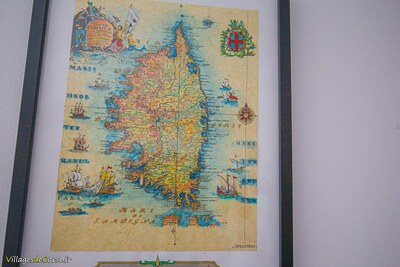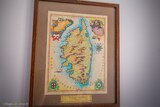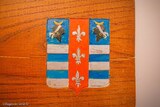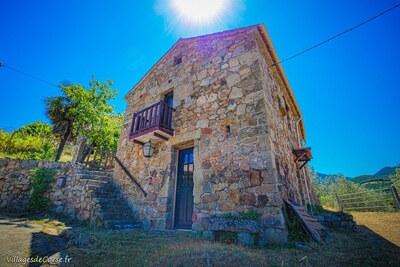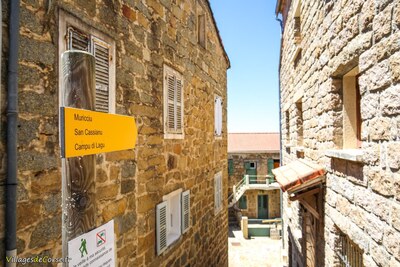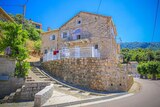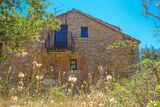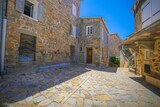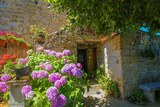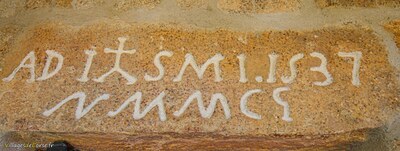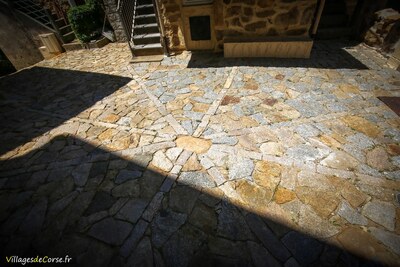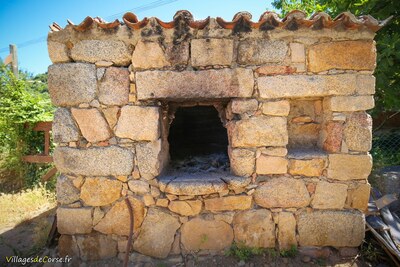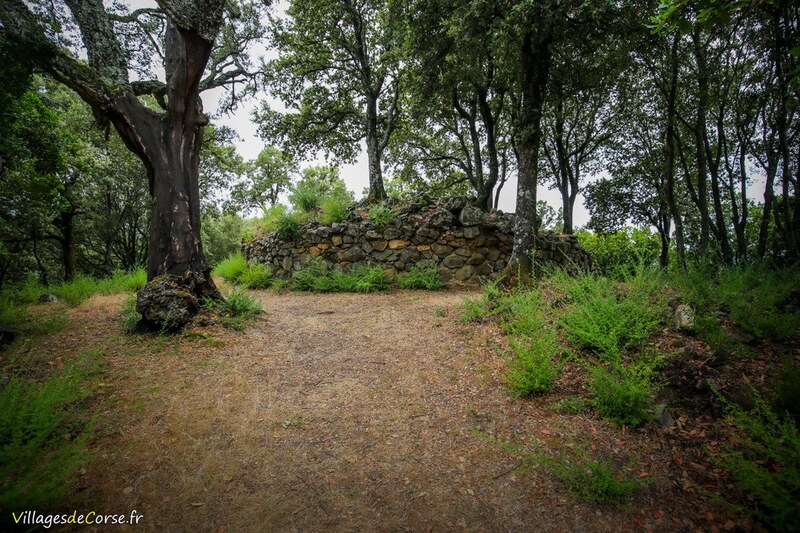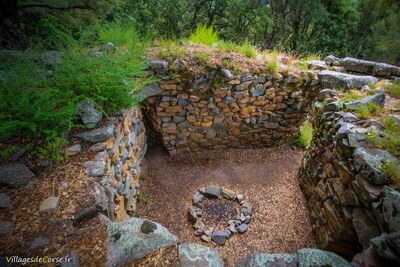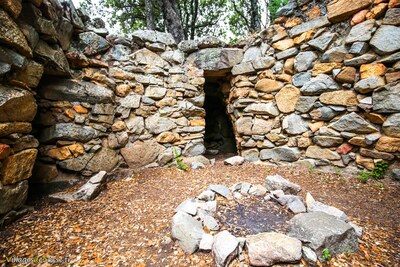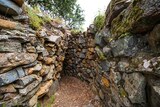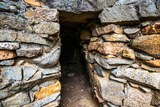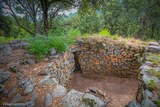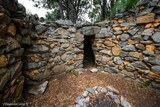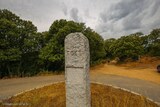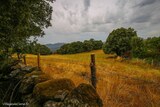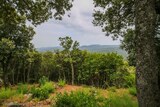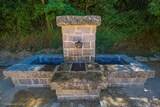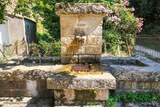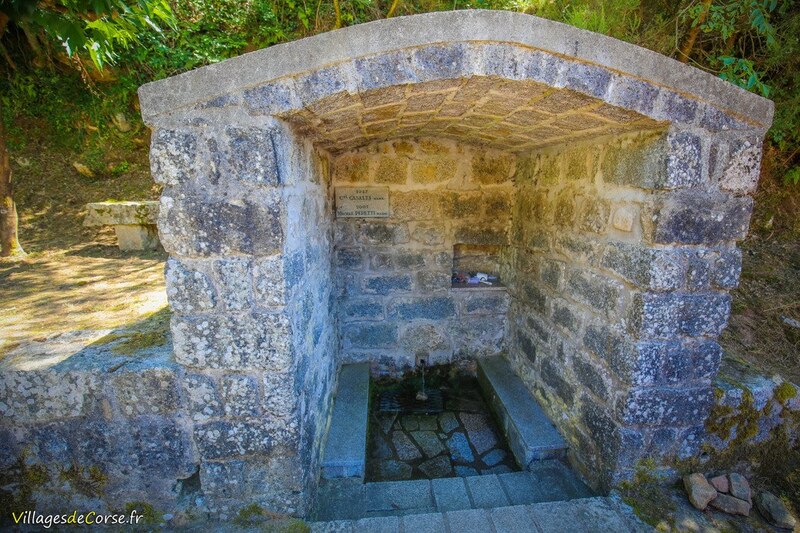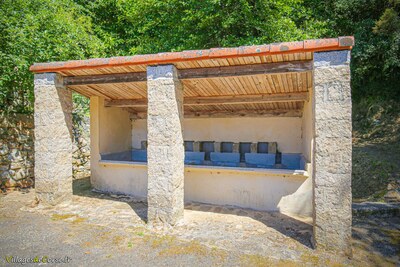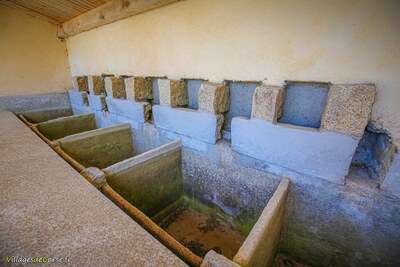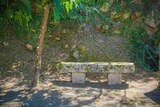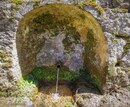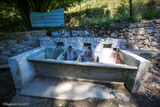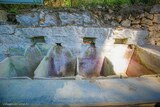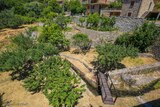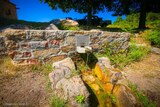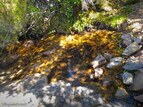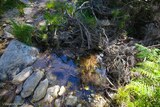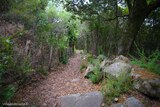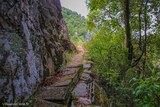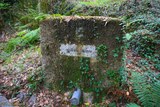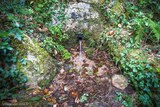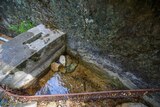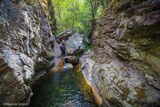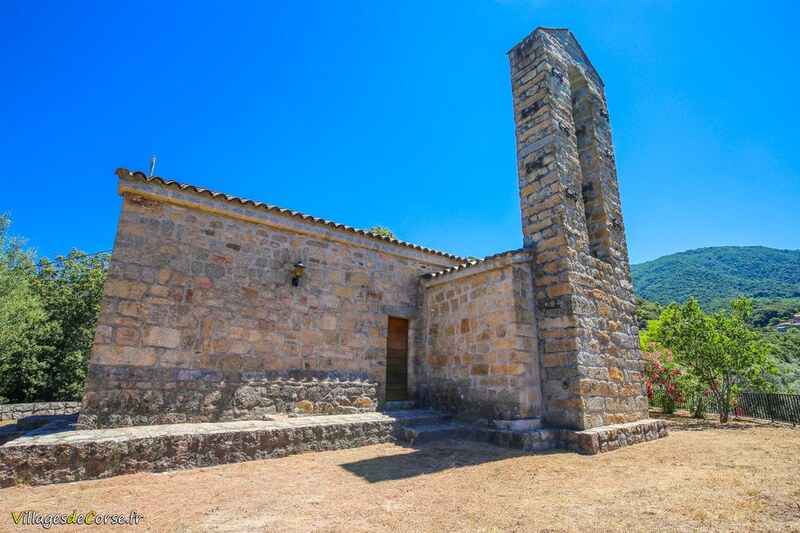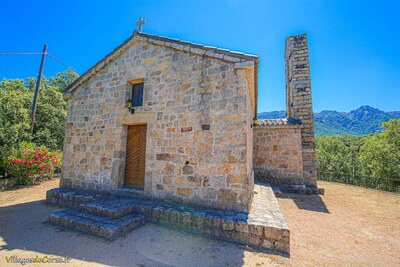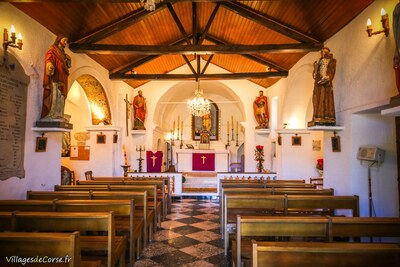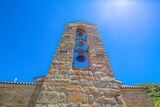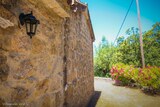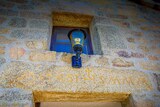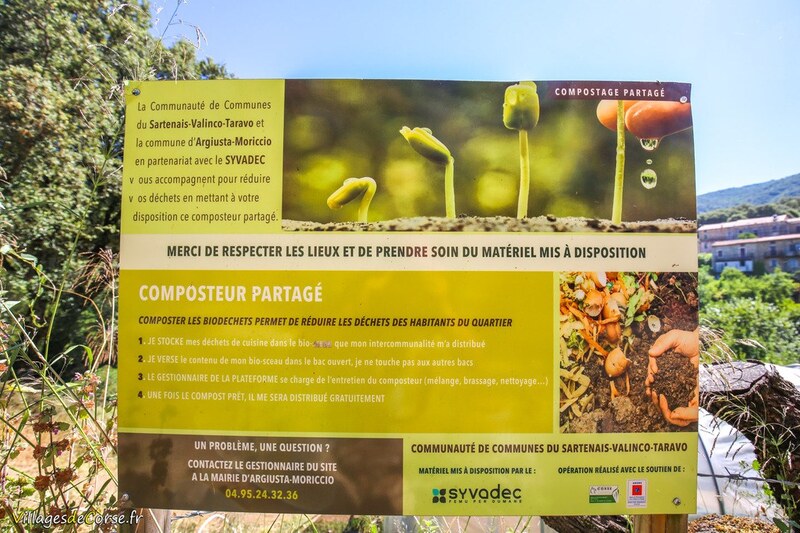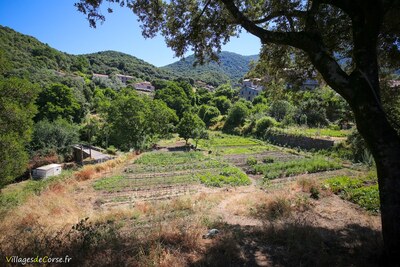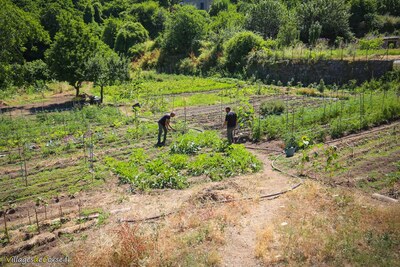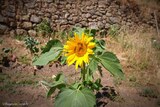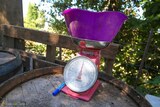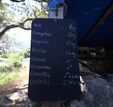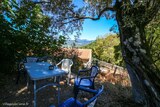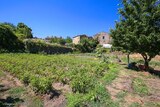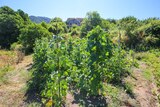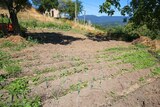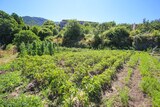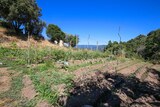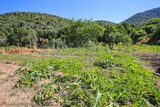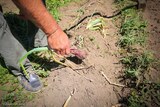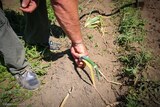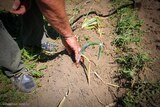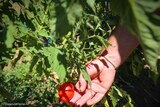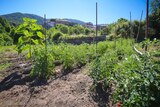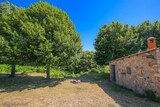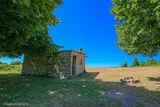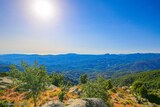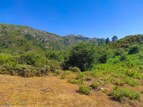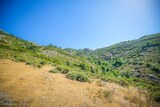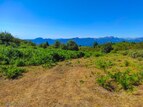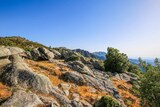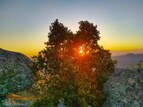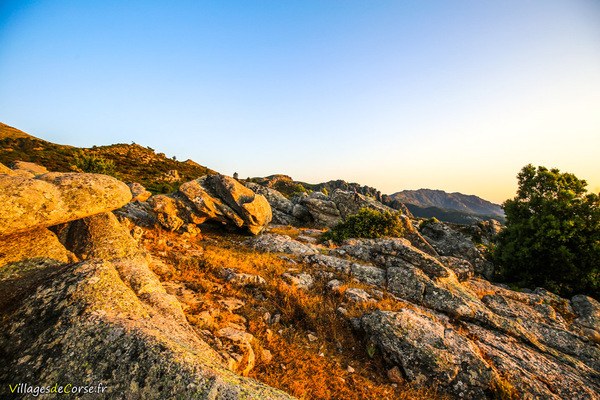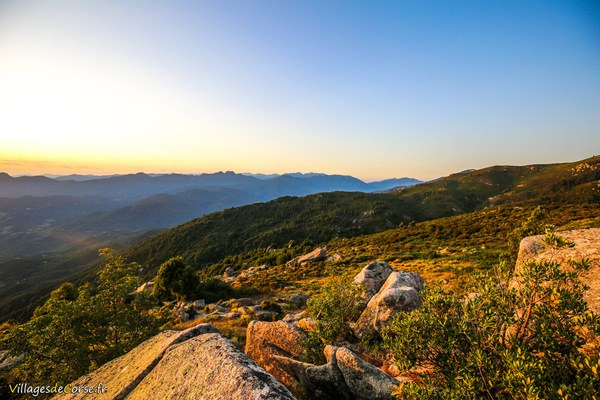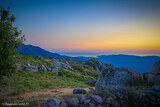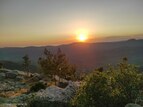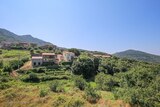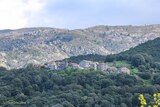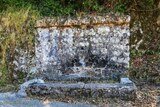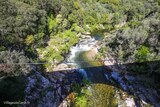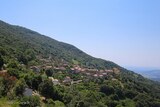Argiusta Moriccio
Arghjusta, U Muricciu, 75 PopulationInsee Argiusta Moriccio 200 to 1419 meters 1030 hectares
To discover Argiusta Moriccio (Taravo) - Google Map
Argiusta Moriccio - Arghjusta Muricciu - is a village in Taravu inhabited since the late Middle Ages, rich in cultural and natural heritage to which its residents are deeply attached. The municipality strives to highlight the History of this commune, which belonged to the pieve of Cruscaglia, in the fiefdom of Istria.
History and Figures
In the Middle Ages
The village of Arghjusta Muricciu is mentioned in the first descriptive works of Corsica that appeared towards the end of the 15th century. Located in the pieve of Cruscaglia, the village was associated with the groupings of "La Casella" and "Lo Moriccio," which had 8 and 12 fires respectively, while Argiusta had 18, already giving an idea of the population distribution.
This grouping is not mentioned in the Plan Terrier of the late 18th century, which notes 4 houses in Muricciu and 6 in Argiusta.
Today
The village of Argiusta-Moriccio consists of 7 districts: Teghja, where the Town Hall is located, overlooked by U Zeddu. Casabianca, Pesta Sale, and Caïcutoli, which are situated in the center of the village. Basa, Contra. Other districts mentioned in writings are currently being identified: Lecci, Tondi, I buffoni, Natalini, and Casanova. At the bottom of the village, after the Church, lies the hamlet of Muricciu.
Jean Marini
If there are voices of memory in our villages, Mr. Marini is undoubtedly one of them. At the age of 82, he has throughout his life created numerous calligraphies of the first maps of Corsica, as well as the village's coat of arms. As an architect, he designed the latest fountains built in the commune.
Marie-Madeleine Caïtucoli
Patrice Istria recounts the story of Matachjina, whose real name was Marie-Madeleine Caïtucoli, born on February 6, 1859, in Arghjusta è Muricciu and who passed away in the 1940s.
The Story of Matachjina's Oak - U Liccionu di Matachjina
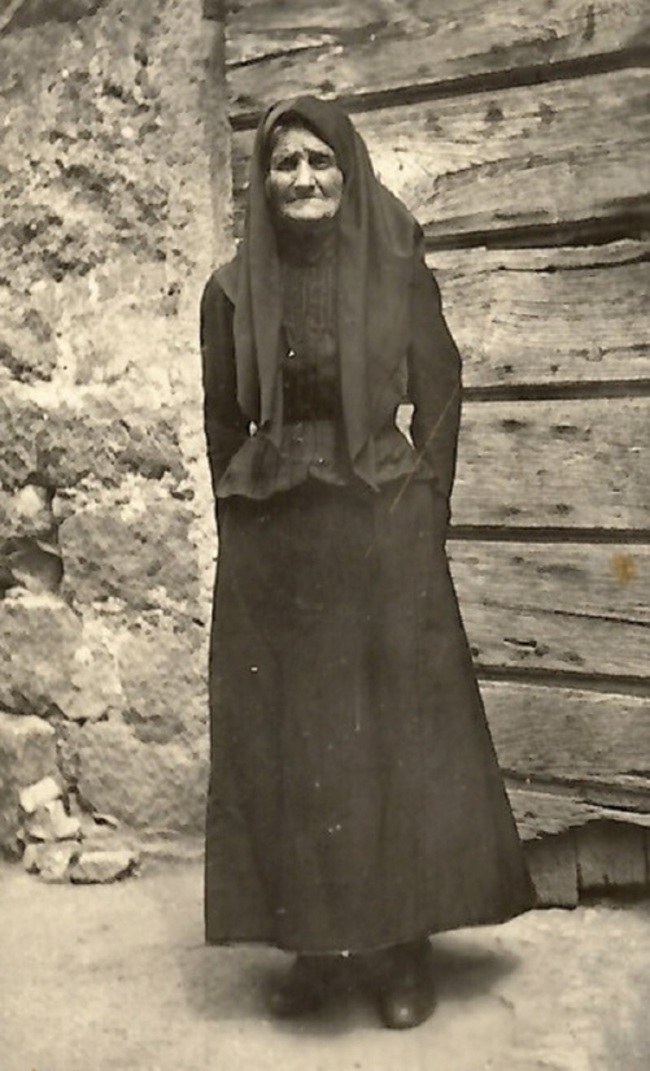
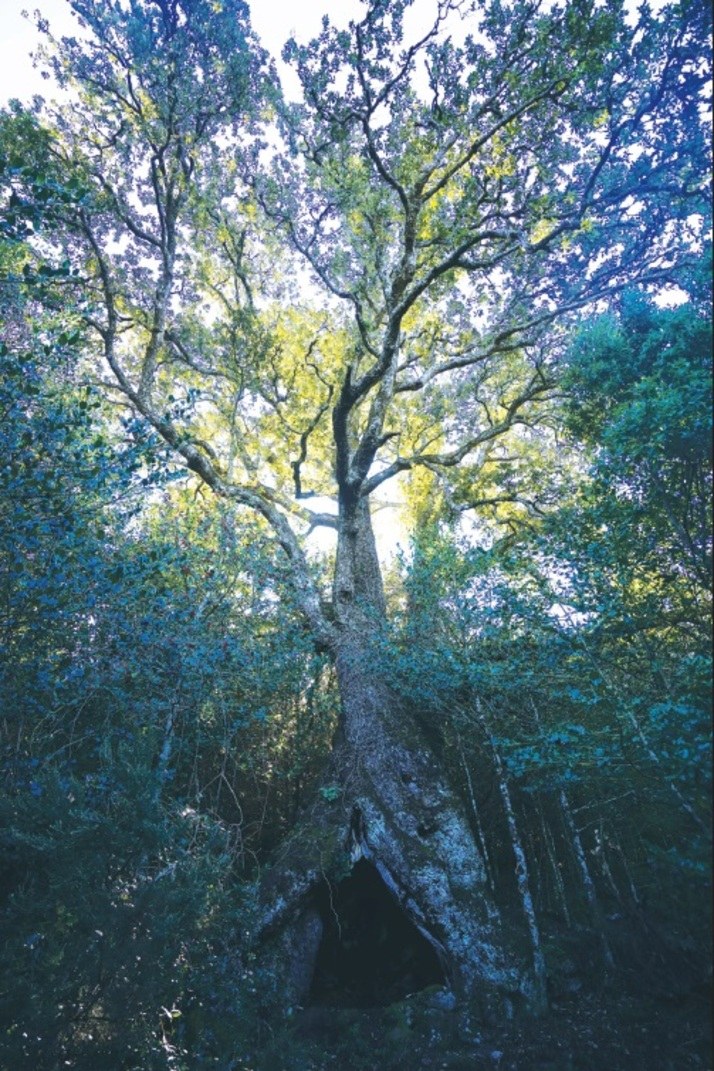
A remarkable tree that competed for the title of Tree of the Year, Matachjina's Oak - U Liccionu di Matachjina - has a unique history. A century and a half ago, the young widow owned a few pigs in the mountains, and when a sow was about to give birth, she would enclose it in the hollow of this immense tree.
Historical Heritage
Granite Houses
As is often the case in granitic Corsica, the buildings - churches, houses, washhouses, fountains - are constructed from granite stones.
The oldest ones sometimes bear, above a door or on a lintel, the engraving of the year of construction:
On the pediment of this house dated 1537, the Latin inscription is an abbreviation of "Anno Domini Iesus Hominum Salvator," which means "In the year of our Lord Jesus Christ."
Architectural Symbolism
In the Pesta Sale district, a small square surrounded by houses was renovated in 2015. The mayor Paul-Joseph Caïtucoli shows us the paving, with the central stone symbolizing that Pesta Sale was the crossroads of all paths.
Bread Oven
Also in the Pesta Sale district, there is an old oven mentioned in the 1866 cadastre and still in use during certain events.
The Tower of Foce - A Torra di Foci
A remnant of the Bronze Age, the Tower of Foce dates back approximately 4000 years.
Mysterious Towers
Much older than the Genoese towers, the function of the Torri remains an enigma.
Springs, Fountains, and Washhouses
Fountain of Basa
The washhouse fountain of Basa was built in 1982 under the impetus of Michel Peretti.
Funtanedda
Dated 1947, Funtanedda is located above the Town Hall in the U Zeddu district.
Funtanona and the Washhouse of Basa
Funtanona is the oldest fountain, located in Basa where the source is arranged to supply the fountains of Pesta Sale and Caïtucoli.
Springs and Streams
Outside the village in the mountains at a place called Ruchettu, there is a fountain built in 2011.
The Water Tower and the Canal
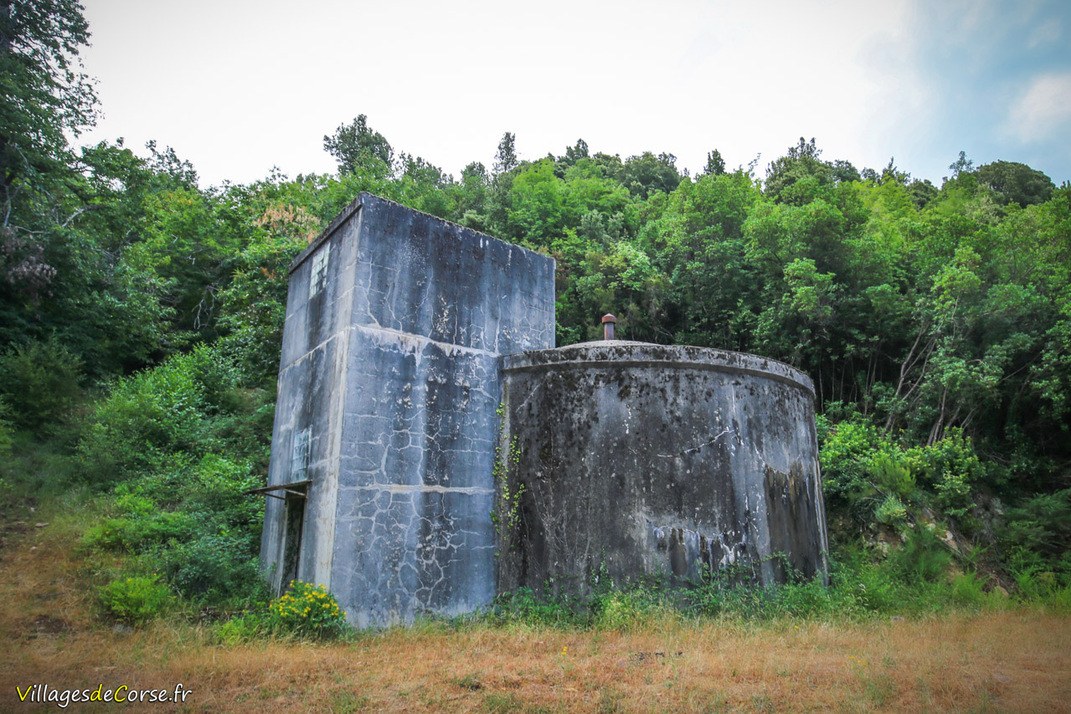
The water tower - accessible by a path less than a kilometer from the village - stores the village's drinking water.
Religious Heritage
Church of Saint Hippolyte and Saint Cassien
The village church is located between Arghjusta Caïtucoli and Muricciu.
Chapel of Santa Lucia
Located on the transhumance path between Pantanu and Foce are the ruins of the Chapel of Santa Lucia.
Solidarity Garden
A Winning Bet for All
In 2017, the eco-district project proposed by the municipality was realized with the provision of 3000 square meters of garden.
Shared Composter
Villagers also have access to the shared composter for depositing their food waste.
Other Photos of Arghjusta Muricciu and Video
Mountains
Sunset
Rocks and Caves
Video

